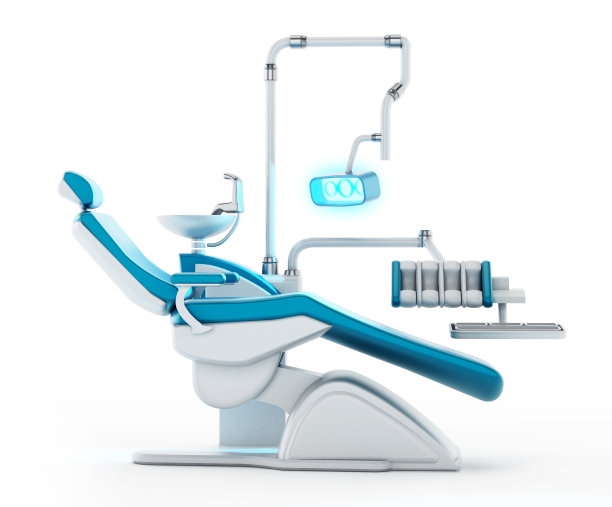The Essential Guide to Pain-Free Tooth Extraction Techniques and Aftercare Tips for Faster Healing
Summary: Tooth extraction is often perceived as a painful procedure, but with the right techniques and aftercare, it can be executed with minimal discomfort. This guide delves into pain-free tooth extraction techniques, emphasizing the importance of patient communication and modern anesthesia options. Additionally, it covers essential aftercare tips to ensure faster healing and prevent complications. By understanding these strategies, patients can approach tooth extraction with confidence, knowing they have the tools and knowledge to facilitate a smooth recovery. Whether youre facing a simple extraction or a more complicated procedure, this comprehensive guide aims to provide you with essential insights for a successful experience.
1. Modern Anesthesia Techniques for Comfort

One of the primary drivers of pain during tooth extraction is the anxiety associated with the procedure itself. Fortunately, modern dentistry offers various anesthesia methods that can minimize discomfort significantly. Local anesthesia, for example, numbs the specific area around the tooth, allowing the extraction to occur without the patient feeling any pain. Ensuring the right dosage and method tailored to each patient is crucial, as it contributes heavily to a pain-free experience.
Alongside local anesthesia, sedation dentistry has gained popularity, especially for patients who experience dental anxiety. Sedation options, like nitrous oxide (laughing gas) or oral sedatives, can help relax patients while still allowing them to remain conscious. These techniques not only elevate comfort but can also decrease the perception of pain during the extraction process.
Integrating these modern anesthesia techniques into the extraction process sets the foundation for a pain-free experience. Dentists must have thorough discussions with their patients to choose the best method suited to their level of comfort and individual needs.
2. Gentle Extraction Techniques Utilized by Dentists
The technique employed by the dentist during a tooth extraction plays a pivotal role in minimizing pain and trauma to the surrounding tissues. Gentle extraction methods involve using specialized instruments that can grasp the tooth securely while minimizing pressure on the surrounding gum and bone. Techniques like luxation allow for the controlled loosening of the tooth, making it easier to remove without excessive force.
Additionally, in more complex extractions, such as impacted teeth, dentists may employ minimally invasive surgical techniques. These methods involve making smaller incisions and carefully removing surrounding bone if necessary, thereby limiting the damage to other tissues and reducing post-operative pain.
Its important for patients to communicate openly with their dentists about their concerns regarding extraction techniques. Understanding the approach helps alleviate anxiety and sets a positive expectation towards a pain-free extraction experience.
3. Essential Aftercare Tips for Quick Recovery
After a tooth extraction, adhering to aftercare guidelines is critical to ensure speedy healing and minimize discomfort. Initially, patients should focus on managing bleeding. Applying gentle pressure with gauze aids in clot formation, which is essential to prevent prolonged bleeding and facilitate recovery. Following the application of pressure, it’s vital to maintain a calm and cool environment around the extraction site.
Additionally, patients should be advised on dietary choices post-extraction. Soft foods are recommended for the first few days to prevent any further irritation to the extraction site. Staying hydrated is also essential, but patients should avoid using straws as suction can dislodge blood clots necessary for healing.
Finally, monitoring for any signs of infection or complications is crucial. If unexpected pain, swelling, or discharge occurs, patients should feel empowered to contact their dentist for guidance. Fast action can prevent minor issues from escalating into serious concerns.
4. Importance of Patient Communication and Trust
A critical element of a successful and pain-free extraction lies in effective communication between the patient and the dentist. Discussing fears, concerns, and expectations sets the groundwork for a positive experience. Trusting the dentist lays the confianza where patients feel comfortable voicing their needs, which can lead to tailored approaches that make the procedure less daunting.
Regular check-ins throughout the process reinforce this communication, allowing the dentist to explain each step, reassuring the patient about what to expect. Building this rapport not only enhances the extraction experience but also fosters long-term patient loyalty to the dental practice.
Furthermore, encouraging patients to ask questions about their procedures, anesthesia options, and aftercare promotes a sense of ownership over their dental health, empowering them to engage actively in their recovery journey.
Summary:
This guide provides an in-depth look at pain-free tooth extraction techniques and the importance of effective aftercare. By implementing modern anesthesia techniques, gentle extraction methods, and a robust aftercare routine, patients can significantly lessen discomfort associated with extractions. Communication and trust between the patient and dentist form the backbone of a successful and pain-free dental experience.
This article is compiled by Vickong Dental and the content is for reference only.



